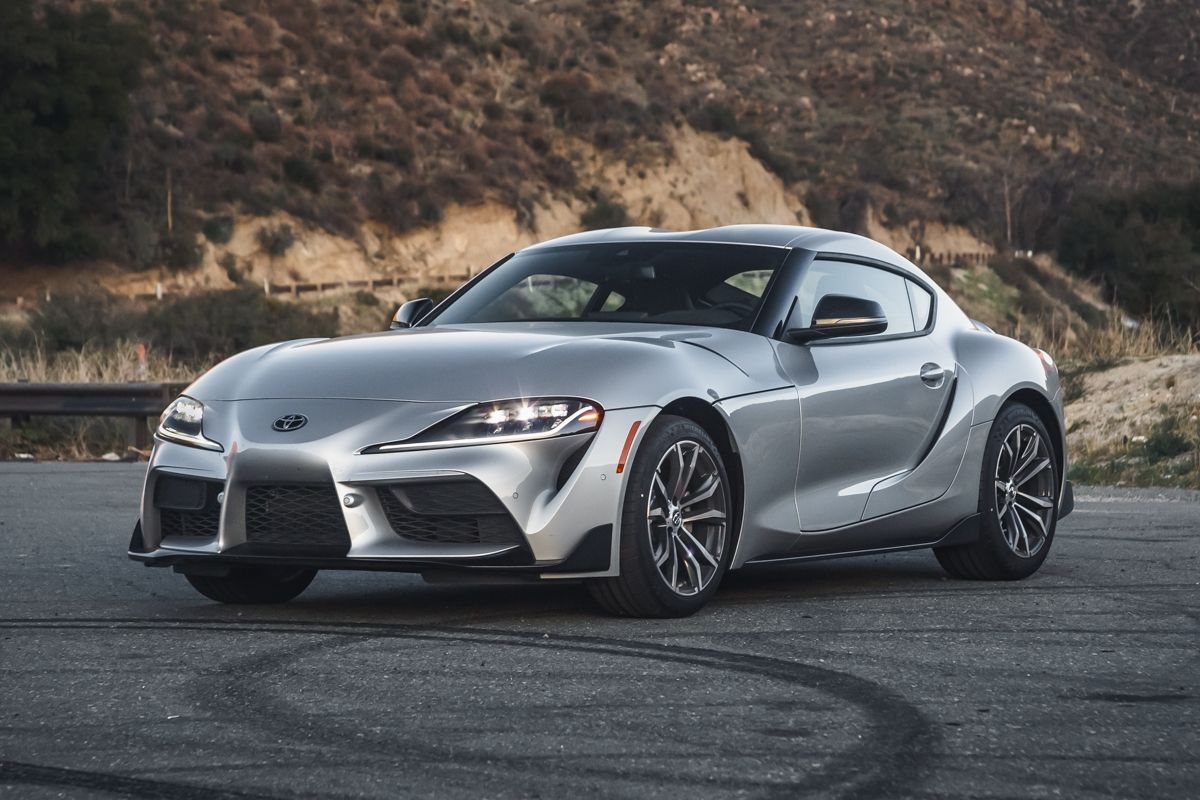The moose test, which evaluates a car's ability to avoid a sudden hazard, has had its fair share of victims over the years. Mostly, it's less dynamically inclined vehicles with a higher center of gravity like SUVs that have struggled with the test, such as the Toyota RAV4 last year. The Toyota Hilux pickup performed even worse a few years ago.
But another Toyota that should have no problem with the moose test is the Supra. After all, a low-slung, sporty coupe should be the perfect tool for rapid changes in direction, but the rear-wheel-drive Supra's moose test didn't go as smoothly as you might expect. In the following video, you can see that the Supra knocked a few cones over at an entrance speed of 48 mph as the driver familiarized himself with the car.
After that, the Supra did better, with easy to control movements in its Normal driving mode with the coupe gradually slipping into understeer but maintaining enough traction to avoid hitting any of the cones. At higher speeds of 49 mph and above, too much tire skid made contact with the cones inevitable. The tester noted that the variable-ratio steering system made it more challenging than usual to adjust to.
Following this was a slalom test which the Supra navigated with ease, maintaining ideal balance and control. However, the steering again came in for some criticism, this time for not offering sufficient feedback as would be expected in a sports coupe of the Supra's caliber.
So, while the Supra may not have aced the moose test, it did just enough to prove that it can handle evasive maneuvers and help its driver avoid a potentially life-threatening impact. As a comparison, even a 2019 Porsche 911 4S didn't have a perfect start to the moose test in Normal mode, only exhibiting tidier behavior with its chassis set in Sport mode.
What these and all other cars prove is that the more time you spend with your vehicle and adapt to its handling characteristics, the better prepared you'll be to deal with a hazardous situation.

